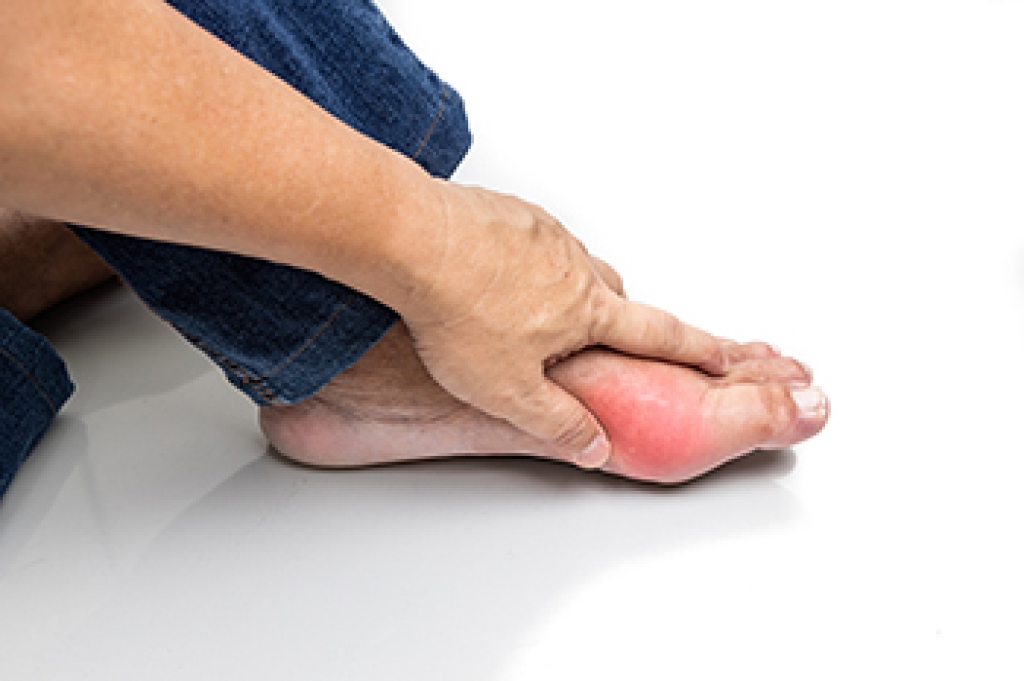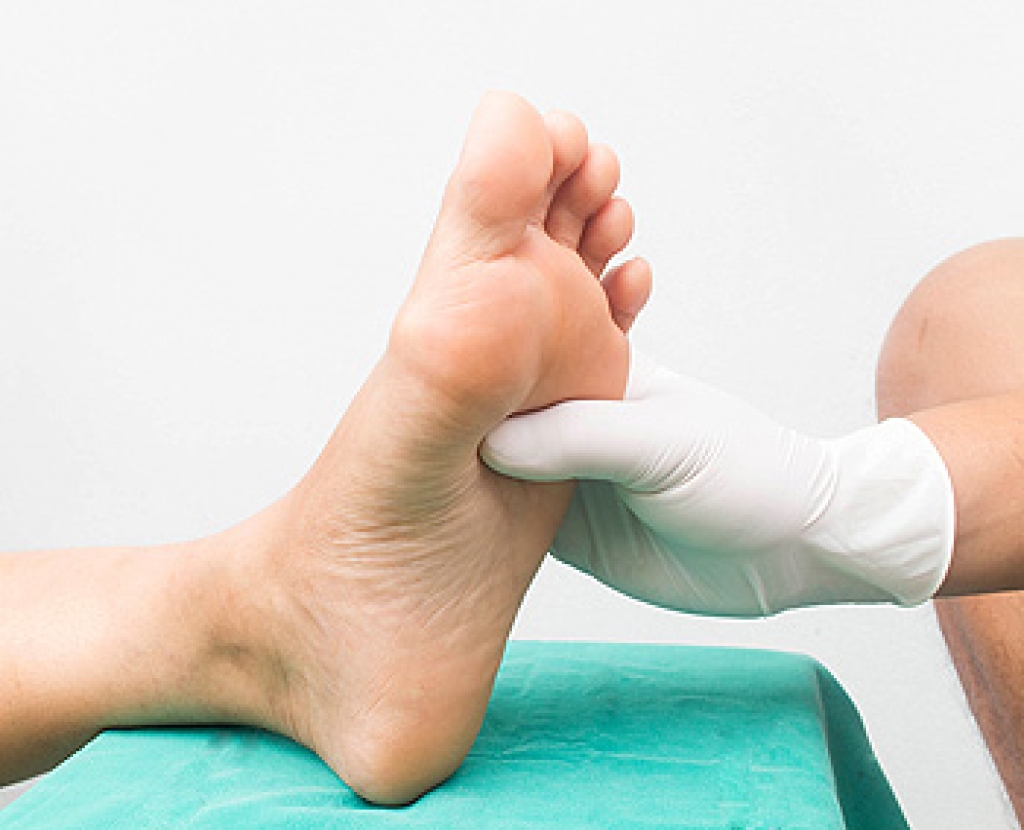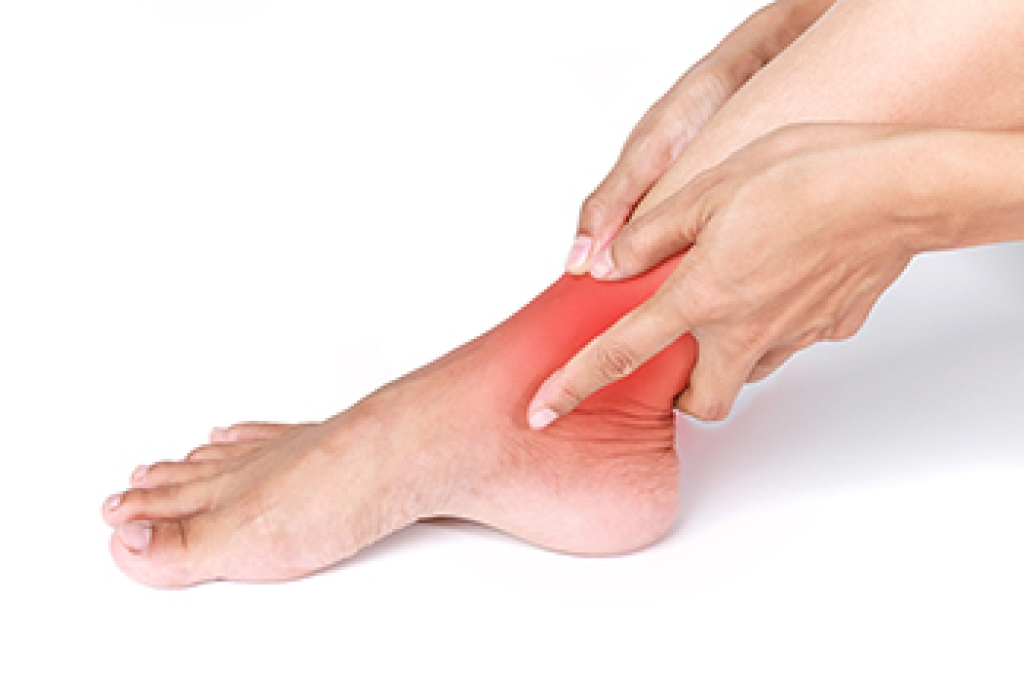
When gout in the feet becomes painful, surgery can be necessary to protect joint function. Repeated flares can lead to chronic tophaceous gout, a stage where tophi develop. Tophi are deposits made of uric acid crystals that collect around toes and joints, placing pressure on skin, nerves, and bone. Gout surgery is considered when tophi leak, become infected, cause severe pain, or interfere with walking or wearing shoes with inadequate support. Procedures include removing tophi or crystals to reduce pressure, or fusing small foot joints to control pain and instability. A podiatrist evaluates imaging, circulation, and nerve involvement to determine if surgery is appropriate and to plan care focused on long-term foot health. If you are experiencing chronic gout symptoms, it is suggested that you make an appointment with a podiatrist for a diagnosis and options for advanced treatment.
Gout is a painful condition that can be treated. If you are seeking treatment, contact one of our podiatrists from Comprehensive Footcare Clinic - Hawaii. Our doctors will treat your foot and ankle needs.
What Is Gout?
Gout is a form of arthritis that is characterized by sudden, severe attacks of pain, redness, and tenderness in the joints. The condition usually affects the joint at the base of the big toe. A gout attack can occur at any random time, such as the middle of the night while you are asleep.
Symptoms
- Intense Joint Pain - Usually around the large joint of your big toe, and it most severe within the first four to twelve hours
- Lingering Discomfort - Joint discomfort may last from a few days to a few weeks
- Inflammation and Redness -Affected joints may become swollen, tender, warm and red
- Limited Range of Motion - May experience a decrease in joint mobility
Risk Factors
- Genetics - If family members have gout, you’re more likely to have it
- Medications - Diuretic medications can raise uric acid levels
- Gender/Age - Gout is more common in men until the age of 60. It is believed that estrogen protects women until that point
- Diet - Eating red meat and shellfish increases your risk
- Alcohol - Having more than two alcoholic drinks per day increases your risk
- Obesity - Obese people are at a higher risk for gout
Prior to visiting your podiatrist to receive treatment for gout, there are a few things you should do beforehand. If you have gout you should write down your symptoms--including when they started and how often you experience them, important medical information you may have, and any questions you may have. Writing down these three things will help your podiatrist in assessing your specific situation so that he or she may provide the best route of treatment for you.
If you have any questions, please feel free to contact our office located in Honolulu, HI . We offer the newest diagnostic and treatment technologies for all your foot care needs.




